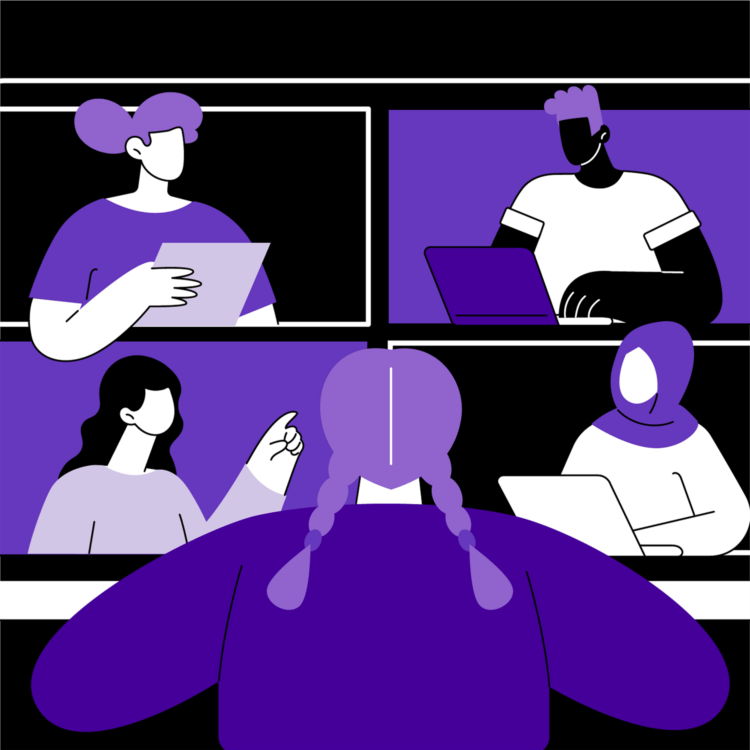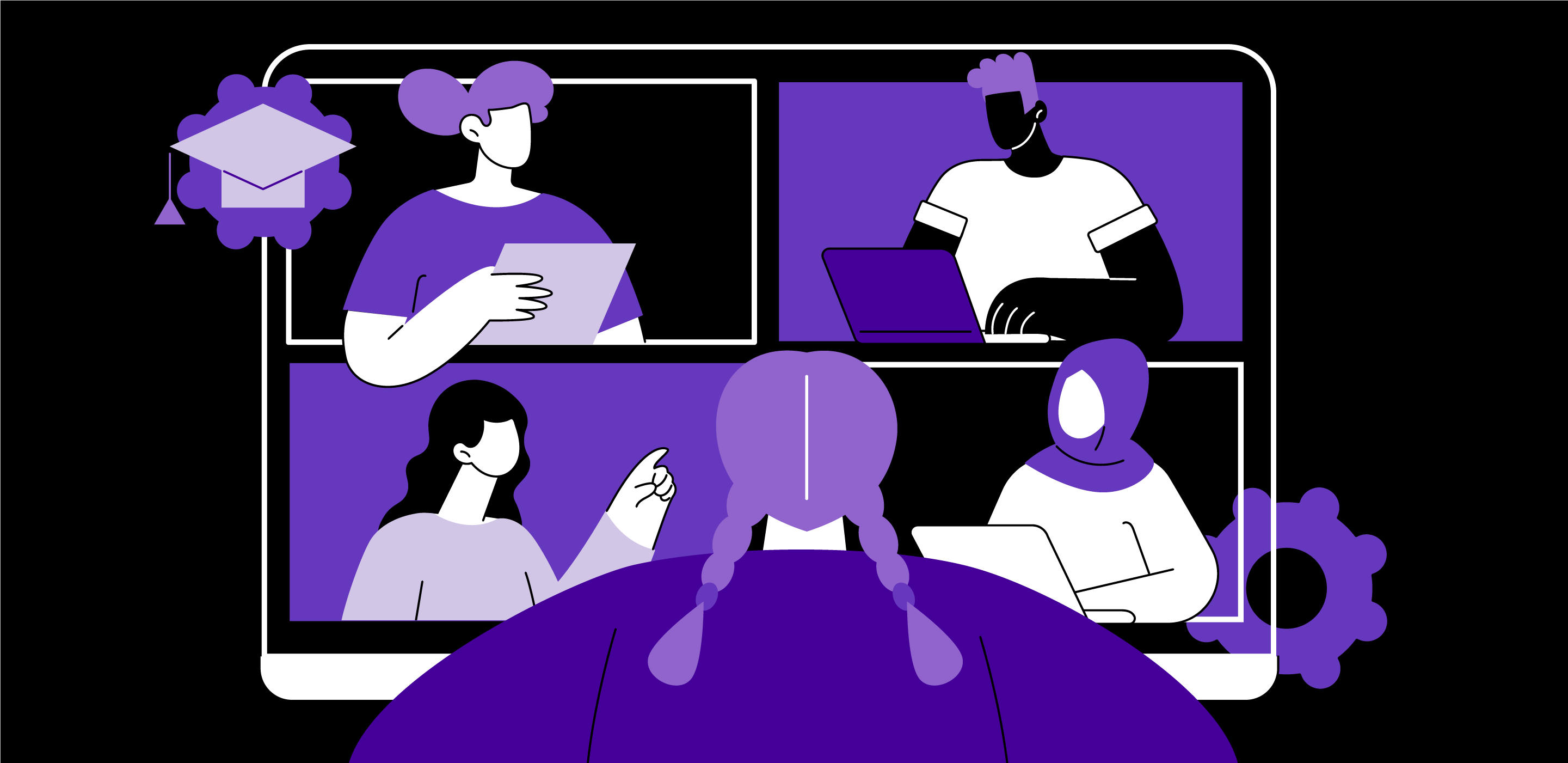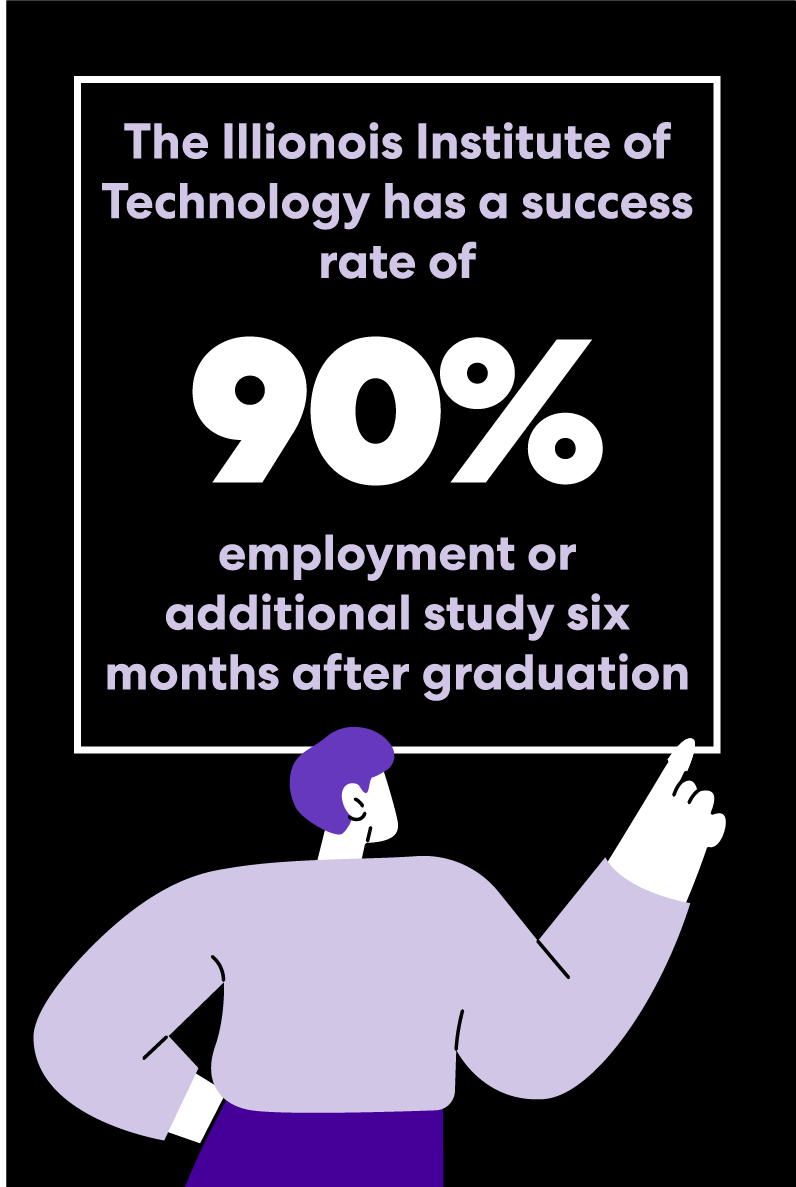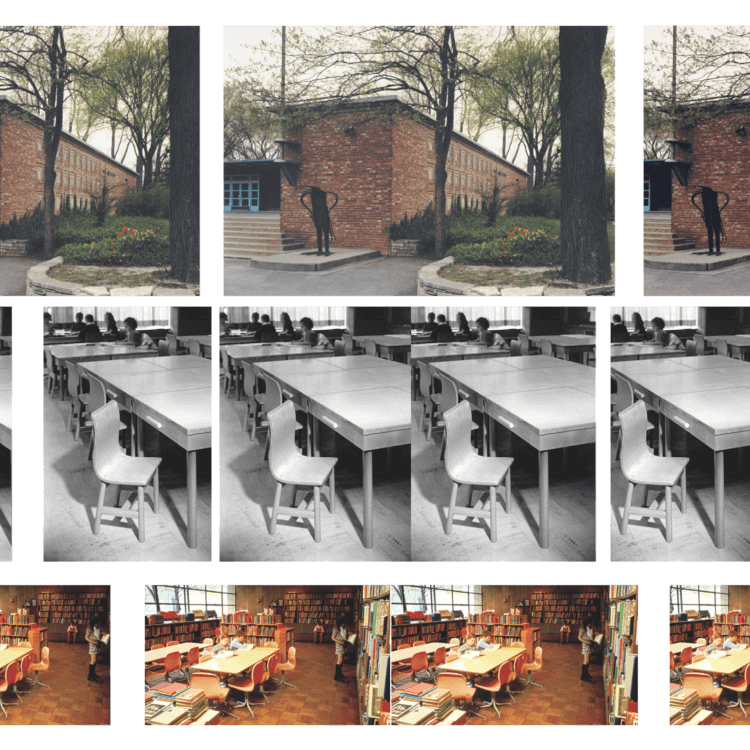GS: To build on that concept of relevance, how are private industry partnerships integrated into the curriculum? And how will that help future generations keep up?
RE: I think we need to solve three problems: How do we integrate noncredit and credit? How do we integrate industry credentials and academic content? And, last but not least, how do we incorporate prior learning?
For far too long in academia we have claimed to know all the answers, but the old four-year degree model is gone. Completion rates will decline unless we build systems with stickability and flexibility, because people’s lives and circumstances get in the way of a rigid, traditional path.
So we’re convening an ecosystem that brings different partners together to create a holistic product that benefits our students. We mandate experiential learning, and the student decides what experiential learning they take in a particular year. It could be an internship. It could be a project with a partner. It could be study abroad or study away. It could be participation in a research project with a professor who is collaborating with a partner, or it could be participation in student government. A student can do a variety of things in order to get experiential learning, but having a portfolio of these experiences over several years is what matters.
As an educational institution, we are focused on long-term skills like critical thinking, entrepreneurialism, and moral thinking. And we need partners who can help us manage the pace that the industry needs, and that is why we were, I think, one of the first universities in the country to validate and accept industry credentials. So somebody who’s doing a master’s in computer science can do a cloud computing certification from Amazon Web Services and it will count toward their academic degree.
We’re also interested in building multiple on ramps and off ramps. You can come in anytime, can go out anytime if you get admitted this year. We have stacked the credentials so people could do industry credentials from anywhere. Maybe you don’t commit to a full degree, you’re coming for a non-credit course and then you move it to credit.
Ultimately universities exist to give people the chance at meaningful lives, and for most of them that probably means going out and getting a job. So it behooves us to understand and integrate employer needs.











